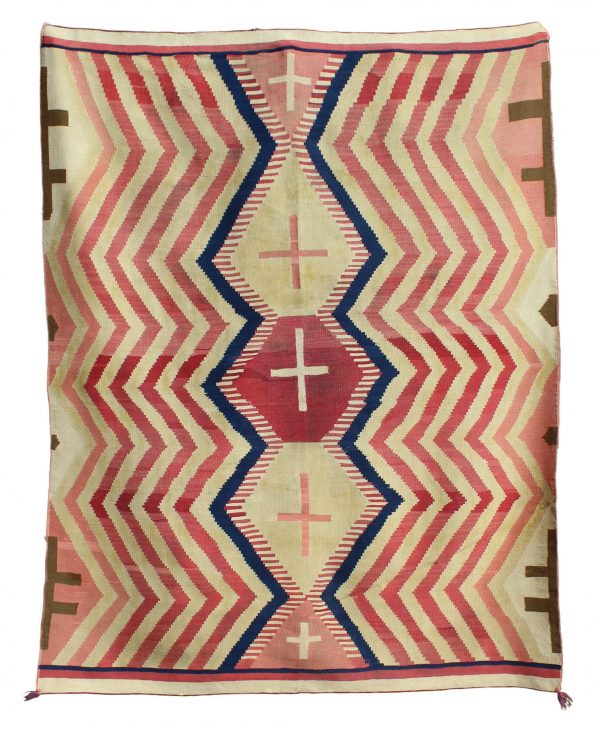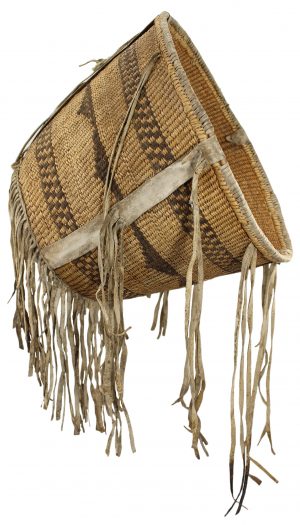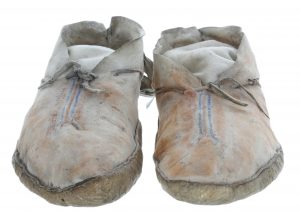
Antique Navajo Classic Serape
A1663
$250,000.00
This remarkable Navajo textile was almost certainly woven during the Navajo internment at Bosque Redondo. In 1863, under General Carleton’s orders and led by Kit Carson, thousands of Navajo’s were forced to march nearly three hundred miles from their homeland to a barren and desolate “reservation” in Eastern New Mexico. Many did not survive. This beautiful and finely woven blanket is a bittersweet testament to what the Navajo call ‘The Long Walk’. Bitter because it reminds us of the unimaginable hardships this weaver and her people endured. Sweet because the art of this weaver represents the dignity, resilience, and unquenchable heart of a people who would not succumb. The Navajo returned to their homeland in 1868 to become the largest and most prosperous Native American community in the United States. Designed with a central column of cross-filled diamonds flanked by zigzag patterns. This finely woven blanket contains cochineal-dyed raveled and commercial English 3-ply reds, hand spun indigo blue, and various other shades of 3-ply English commercial yarns. Certain 3-ply commercial yarns used in this blanket are specific to those distributed to the Navajo at Bosque Redondo from the Fort Sumner supply post and were issued at no other time. This blanket has an impressive pedigree beyond its historical significance. It hung for a time among the unrivaled pieces in the architectural masterpiece designed by Renzo Piano for the Menil Collection in Houston. It then found its way in to the collection of the acclaimed artist, Tony Berlant; drawn to him as so many Navajo textiles have been drawn to exceptional artists for decades. Then one day this remarkable blanket slipped past the acclaimed museums and wealthy collectors and, whether by design or magnificent good fortune, came to rest with us for this time in its history. It is a powerful piece and the emotion it elicits has drawn tears from visitors foreign and Navajo descendants standing before it side by side.
Condition: Approximately 8% restoration, mostly to the edges. Evidence of water damage, spots of bleed, staining and fading throughout.
Circa: 1866






